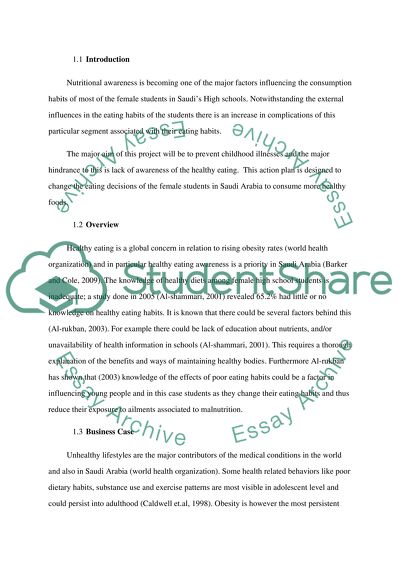Cite this document
(“Project management and methods of enquiry Essay”, n.d.)
Retrieved from https://studentshare.org/other/1428405-project-management-and-methods-of-enquiry
Retrieved from https://studentshare.org/other/1428405-project-management-and-methods-of-enquiry
(Project Management and Methods of Enquiry Essay)
https://studentshare.org/other/1428405-project-management-and-methods-of-enquiry.
https://studentshare.org/other/1428405-project-management-and-methods-of-enquiry.
“Project Management and Methods of Enquiry Essay”, n.d. https://studentshare.org/other/1428405-project-management-and-methods-of-enquiry.


